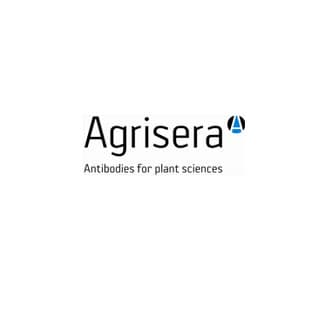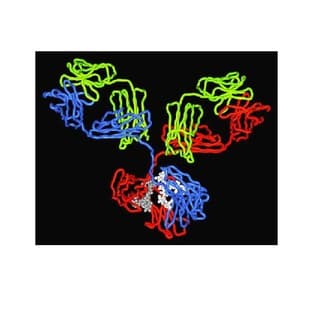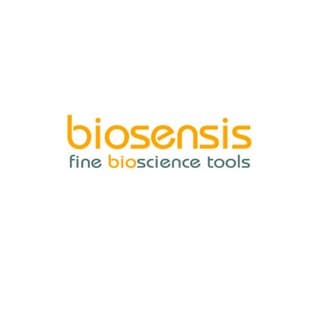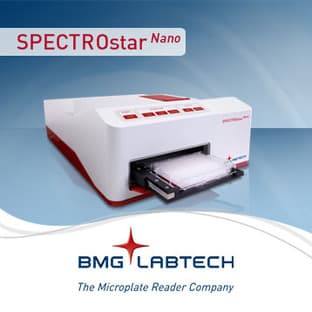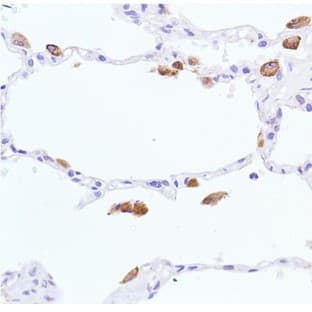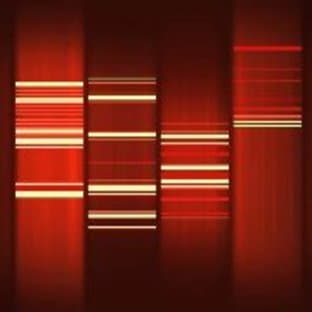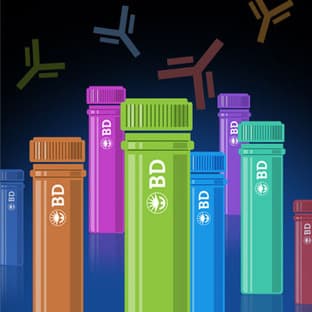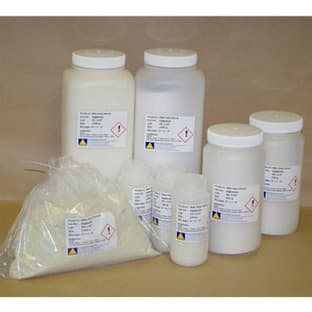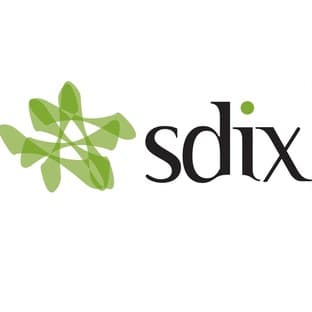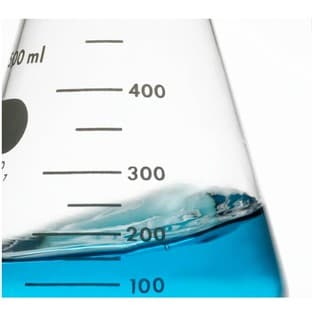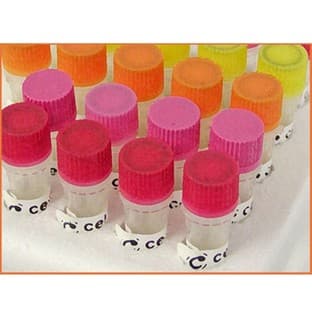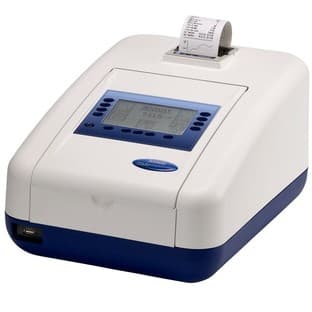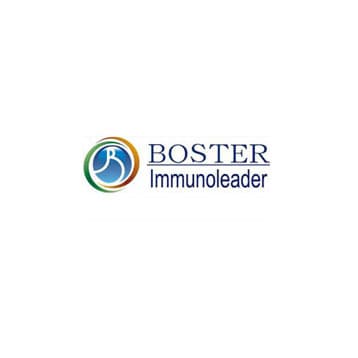
Supplier:
BOSTER IMMUNOLEADERCat no: PA1669
Polyclonal Anti-RELA
Prices direct from BOSTER IMMUNOLEADER
Quick response times
Exclusive Biosave savings/discounts
SPECIFICATIONS
Price
200.00 USD
Catalog Number
PA1669
Size
100ug/vial
Applications
ICC, IHC, WB
Reactivities
Hum, Mouse, Rat
Form
Lyophilized
Format
Each vial contains 5mg BSA, 0.9mg NaCl, 0.2mg Na2HPO4, 0.05mg Thimerosal, 0.05mg NaN3.
Gene Id
RELA
References
1. Baeuerle, P. A. I-kappa-B--NF-kappa-B structures: at the interface of inflammation control. Cell 95: 729-731, 1998.\n2. Barken, D., Wang, C. J., Kearns, J., Cheong, R., Hoffmann, A., Levchencko, A. Comment on 'Oscillations in NF-kappa-B signaling control the dynamics of gene expression.' (Commentary) Science 308: 52 only, 2005.\n3. Beg, A. A., Sha, W. C., Bronson, R. T., Ghosh, S., Baltimore, D. Embryonic lethality and liver degeneration in mice lacking the RelA component of NF-kappa B. Nature 376: 167-170, 1995.\n
Swiss Prot
Q04206
Storage Temp
At -20 degree C for one year. After reconstitution, at 4 degree C for one month. It can also be aliquotted and stored frozen at -20 degree C for a longer time.Avoid repeated freezing and thawing.
Additional Info
A synthetic peptide corresponding to a sequence in the middle region of human RELA, identical to the related rat and mouse sequences.
Scientific Background
RELA (V-REL AVIAN RETICULOENDOTHELIOSIS VIRAL ONCOGENE HOMOLOG A), also called NFKB3 or NFKB, p65 SUBUNIT. NFKB1 or NFKB2 is bound to REL, RELA, or RELB to form the NFKB complex. The NFKB complex is inhibited by I-kappa-B proteins, which inactivate NFKB by trapping it in the cytoplasm. The p65 (RELA) heterodimer is the most abundant form of NFKB. And the RELA gene is located on 11q13.1. RELA is a nonhistone substrate of HDAC3 and that IKBA-dependent nuclear export of the HDAC3-deacetylated RELA replenishes the depleted cytoplasmic pool of latent NFKB-IKBA complexes for subsequent NFKB responses. RELA nucleocytoplasmic redistribution coincided with export of PPARG, and immunoprecipitation analysis indicated that PPARG-RELA association was dependent on the PPARG C-terminal ligand-binding domain. IKK-dependent phosphorylation of RELA on ser468 enhanced binding of GCN5 to RELA and RELA ubiquitination.
More from BOSTER IMMUNOLEADER
Applications
IHC, WB
Reactivities
Hum
Applications
IHC, WB
Reactivities
Mouse, Rat
Applications
ELISA, WB
Reactivities
Mouse
Applications
WB
Reactivities
Hum, Mouse, Rat
Applications
IHC, WB
Reactivities
Hum
Latest promotions
Spend less time on DNA cleanup so you can do more science. The MSB Spin PCRapace is the fastest way to purify your DNA from PCR, restriction digestion, and...
New brilliant antibodies, and new lower prices!For flow cytometry reagents in general, \"bright is better.\" The violet-excitable BD Horizon™ BV421 and...
As an incentive to qualify our BSA, we are offering a 20% discount when you purchase your first 100g, 500g or 1000g of any grade of Bovine Serum Albumin....
It is not every day that you are given something for nothing. We are giving away additional spectrophotometer software.Cecil Instruments have enhanced the...
We're so sure that you'll prefer Cayman Assay kits over your present brand that we're willing to give you a free assay kit to prove it!
For the past decade scientists have extensively used ATS secondary toxin conjugates to make their own targeted toxins for in vitro use.The ability to combine...
10% Discount on 2 Rabbit Polyclonal Antibody Service. With over 20 years experience, SDIX has developed into the premier US custom antibody producer,...
Did your supplier increase the price of Fetal Bovine Serum? Did they substitute the US Origin with USDA? Well say no more! Innovative Research is still...
Bulk Cytokines with Custom Vialing.20 - 50% off cytokines, growth factors, chemokines and more...For a limited time Cell Sciences is offering substantial...
Jenway’s 73 series spectrophotometer range provides four models with a narrow spectral bandwidth of 5nm and an absorbance range of –0.3 to 2.5A,...
Are you planning to have a customised antibody made for your research?Since 2000, Everest has been producing a catalog containing thousands of affinity...
Top suppliers
United States Biological
230753 products
Carl Zeiss Microscopy
27 products
Promega Corporation
11 products
Panasonic Healthcare Company
5 products
Life Technologies
1 products
Nikon Instruments Europe
11 products
Olympus Europa Holding GmbH
3 products
Leica Microsystems, Inc.
10 products
GE Healthcare Life Sciences
2 products
Tecan Trading AG
19 products
Beckman Coulter, Inc.
1 products
AB SCIEX
3 products
BD (Becton, Dickinson and Company)
1 products
RANDOX TOXICOLOGY
5 products
Randox Food Diagnostics
6 products

